Winter can love, can hate. But no matter how you’ve treated this season, there are a lot of stories that you do not remove never, except during winter. A thick layer of frost on the trees, the Northern lights, steam from the nostrils, intricate patterns on the ice, forest animals in winter “clothes” and so on. In the physical sense, the process photos are almost never associated with the ambient – light exposure does not depend on how warmed up the air around.
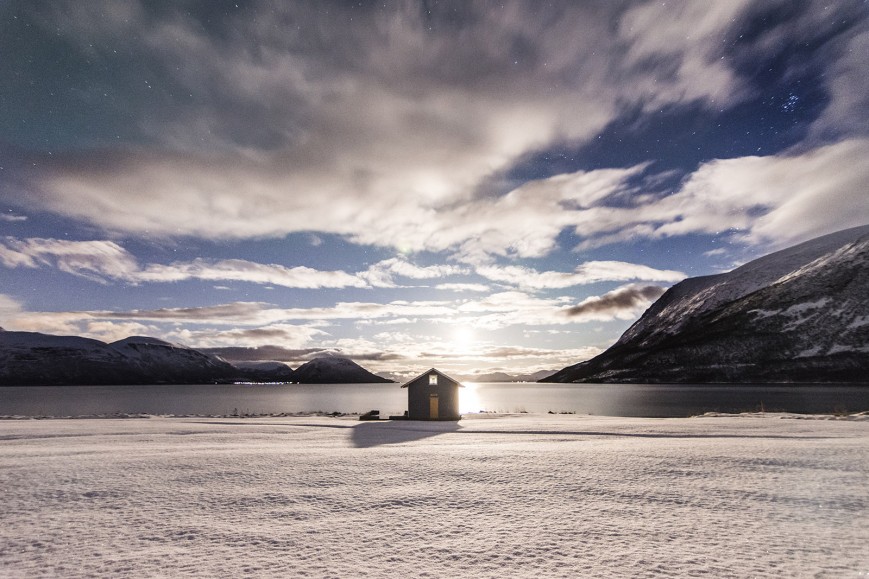
Typical winter landscape
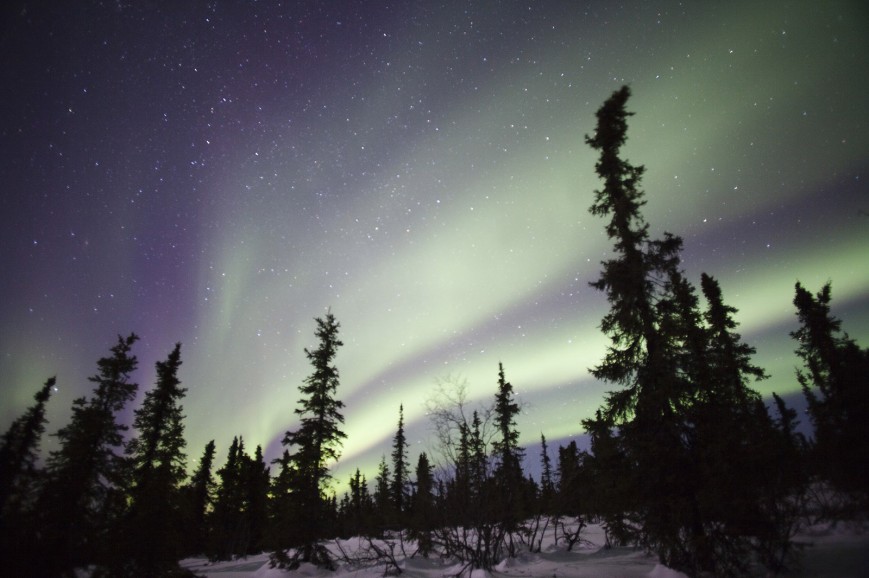
The Aurora in the Northern hemisphere can only be seen in winter
However, photography is not just pressing, it is also the choice of technology, the road to the point of shooting, scene selection and care for equipment. So all winter difficulties related to the care of equipment. And the most obvious feature should be familiar even to those who in life did not take off anything except the built-in camera of the smartphone.
1. Freezing batteries
The weakest point of any electronic devices in cold weather will the battery. At low temperatures, battery is consumed much faster and the total capacity of the battery decreases. Most susceptible to this effect Nickel-metal hydride battery. Li-ion suffer from this disease but can still fail you at the crucial moment.
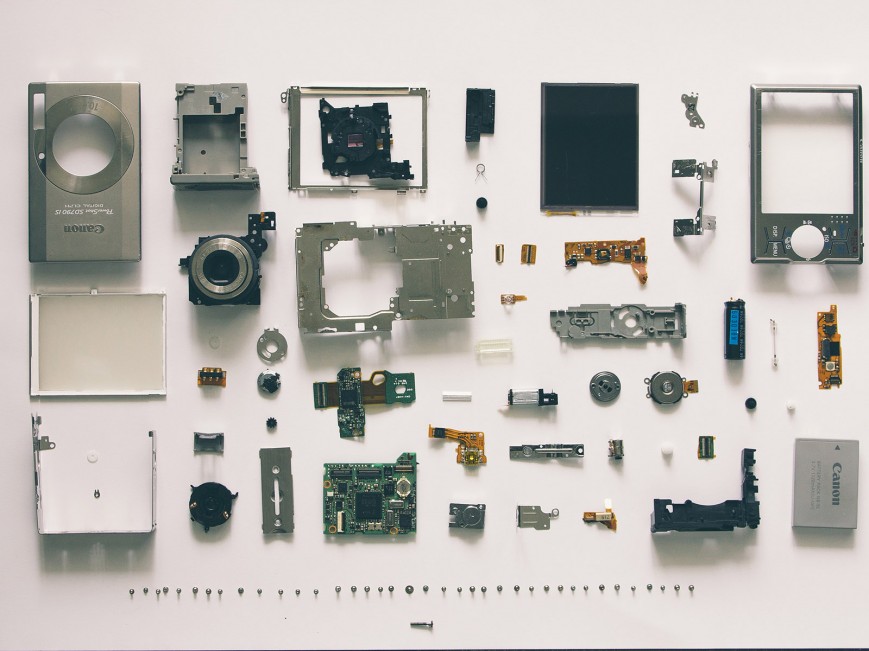
The battery is the weakest “link” of any digital camera
If you only have one battery, I advise you to get him out of the cell, “hide” closer to the body and keep it there until you start shooting. It is best for this suit jacket’s inner pocket or front pocket on jeans. If you have multiple batteries – make sure they were fully charged before shooting, and while you use one or the other keep warm. It is advisable not to just put them in his pocket, and dopolnitelno be placed in a sealed bag – so you protect the battery compartment of the camera about condensation.
2. Condensate
At sharp differences of temperatures on the camera body condensation. Outwardly, it looks like you have a fogged lens. Sometimes it’s even beautiful, but still such situations it is better to avoid. If you spent an hour shooting something on the street, and then brought the camera in a room with a temperature of +25 degrees – it will instantly covered with sweat. The most important thing is the condensation is formed not only outside but also inside. And not only on the lens glasses, and all the elements of design. If the worst scenario this may lead to circuit and the output of the camera down. In some cases, repair will be possible and will not cost much, but you can easily “get” and on a new camera.
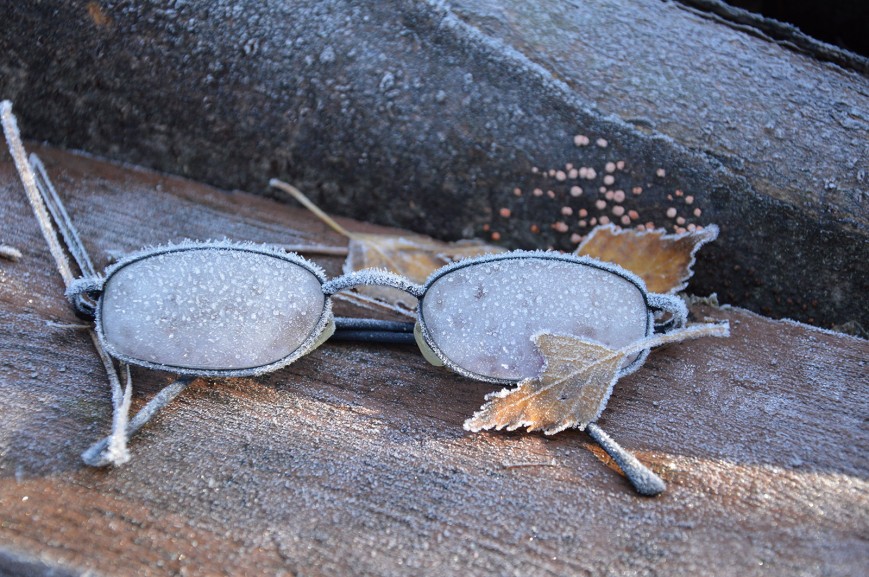
If you wear glasses, we periodically experience what feels your camera when entering a warm room
To protect equipment from condensation is very simple. After shooting in the cold, put it in a bag or wrap it in a thick layer of matter (an old sweater, jacket or even a blanket) and let the camera in this form an hour and a half to lay in the room. In my case, always had a regular backpack. Back in the heat, I put him in the corner and waited an hour while it and its contents are warmed to room temperature.
3. Water and snow
Most unpleasant phenomenon in the process of winter shooting can be a wet snow. And here much will depend on the camera. If your camera (and lens) dust-free and moisture – rejoice, sleet or sudden rain are not afraid of him. Rather, these weather phenomena do not violate the performance, however, snowflakes, icicles or drops falling on the front of the lens, will greatly hinder the shooting. Reduced the sharpness, the reflections and inappropriate exposure – you must have seen what that leads to.
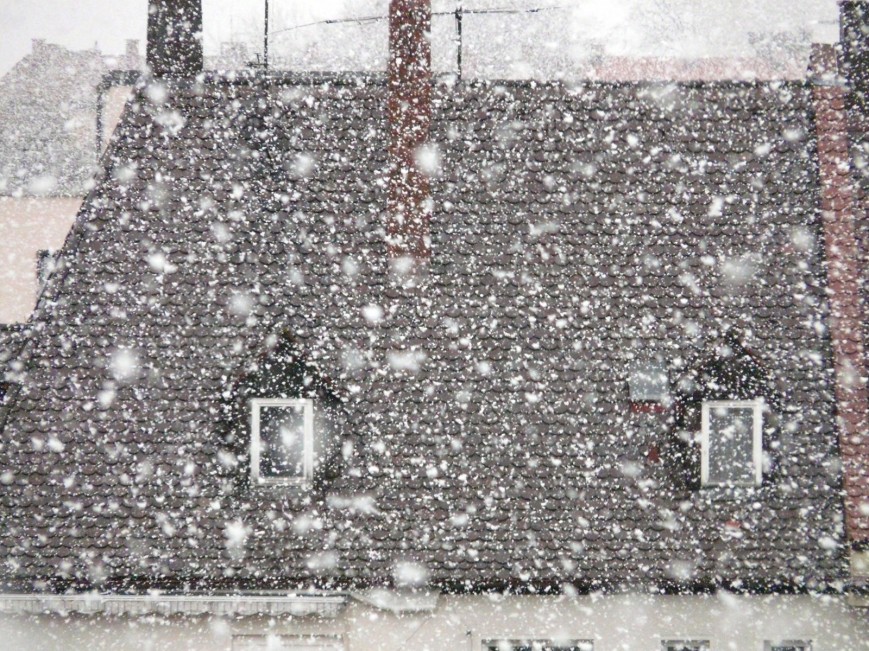
An example of a shooting during a snowfall
In most cases you can’t do it. But it happens that precipitation falling not directly, but at a slight angle – if you manage this angle to determine and select the position at which water hits the lens, consider that problem solved. Plus you can always use an umbrella. But the reality is that during weak snowfall can do without an umbrella, and when strong, it will be not particularly useful.
4. Critical situation
Suppose you have installed the camera on a tripod and decided to shoot a time-lapse at night. Or you accidentally fell asleep in the tent while your camera worked a two-hour exposure. In this case, back to the camera, you will see something similar.
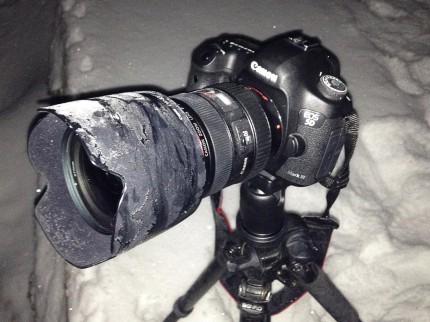
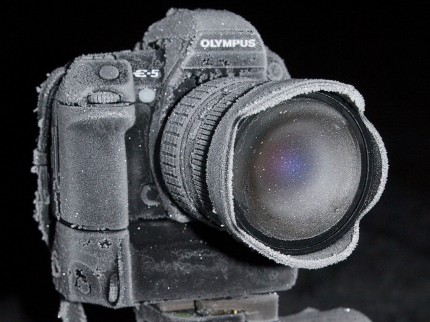
I’ll leave you to console is a bad business. But the chances of a successful rescue camera is still quite high. The first thing you need to do is take the battery and memory card. Your images will be all right, so you can directly copy them to the hard drive. But the camera will have to work longer. Staying outside and avoiding any heat (even sunlight), take all the frost. This can help toothbrush and microfiber. Just be careful with optics! As soon as the frost cleared – eliminate all residual moisture in potentially hazardous locations: on the buttons, around the bayonet, near the socket for the flash and all caps-plugs. Then wrap the camera in a towel, put in a bag and put it in a warm room. After several hours, the camera can get out of the shelter and put on a shelf. And just in case you should wait a couple of days before inserting the battery and try to turn the camera on again.
5. Useful stuff
Technical characteristics of the cameras is often stated completely ridiculous temperature range. For example, for SLR camera professional class could be “-5..+35” degrees. Of course, this is far from the truth. If this temperature range is guaranteed by a perfect battery, it seems to be true. But in reality the mechanical element of the camera will work at -20 degrees or even lower. It is true when especially low temperatures are possible very specific difficulties. For example, the lubricant in the lens become more dense, and because of this may deny the autofocus. At -40 and below, the battery sometimes may refuse to work. As sometimes happens with machines.
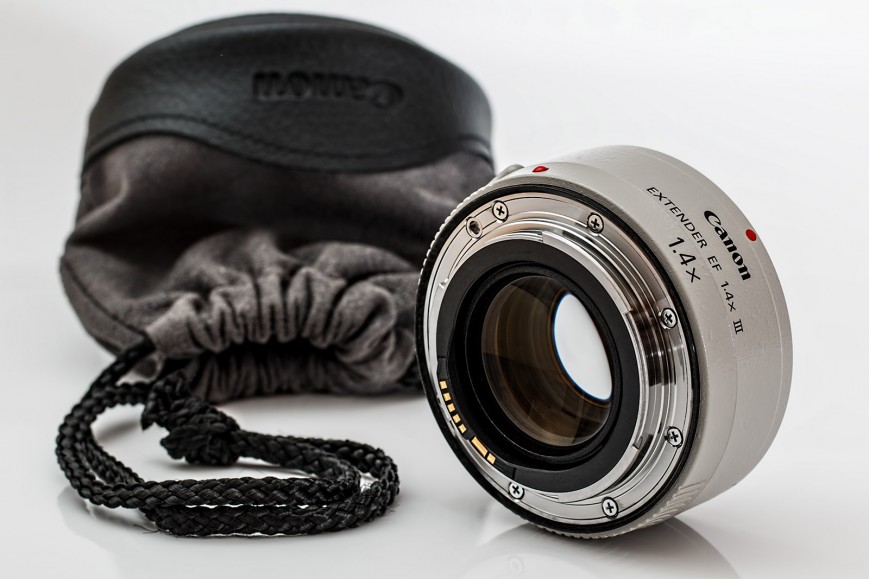
Do not throw away complete covers from optics, they are also useful to you
If you do not go to extremes, that is, literally, a couple of points that are important to consider. Do not follow the conventional wisdom, they say, to change the lens in the cold is impossible. Can! But it is better not to breathe on the back of the lens and the sensor. Ideally you need to hold your breath for a few seconds. But if there is a small snow – just keep the camera mount down and spend the change of optics in two stages, so the matrix will get nothing.
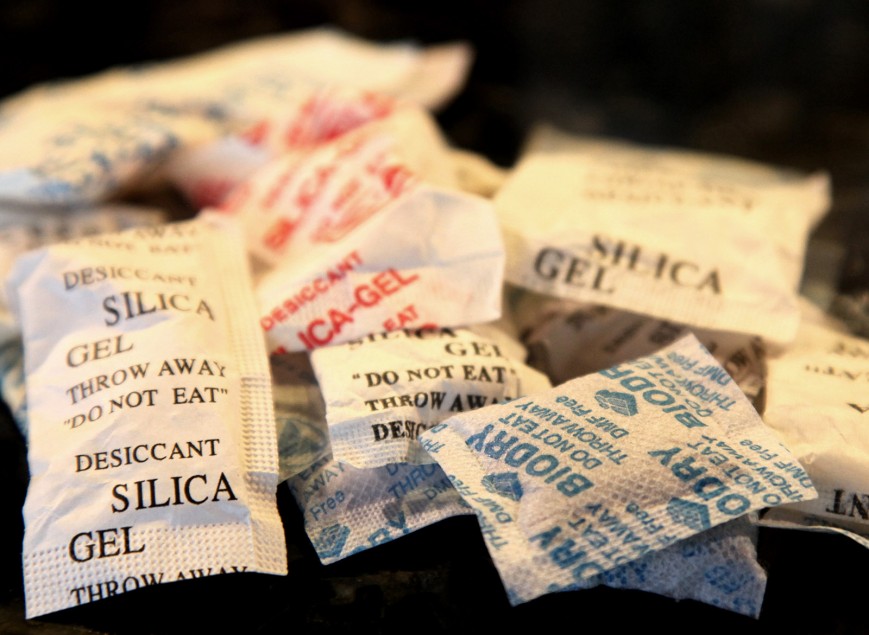
Silica gel
It will not hurt to always keep in the camera bag with a few sachets of silica gel you get rid of excess moisture. And, of course, you should definitely get a good quality and absorbent cloth. There is even a universal advice is to buy the most expensive you can find. It is in any case not empty her pockets, but in a critical situation can literally revive your camera.
Yes, of course, shooting at a low temperature – event risk. But who does not risk, does not receive beautiful pictures. Just remember – take care of yourself is always more thorough than about the technique, no matter how expensive it may be.
